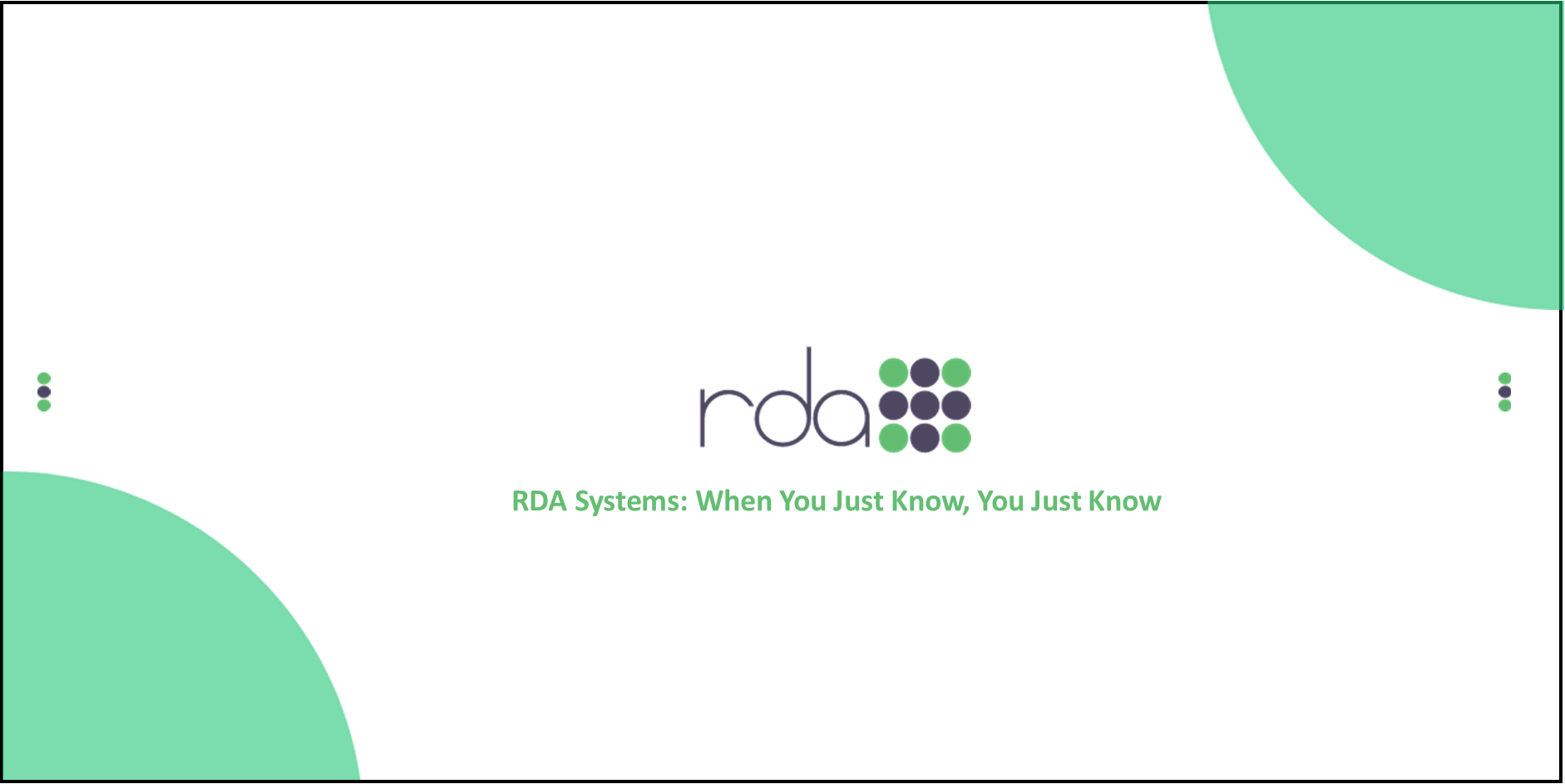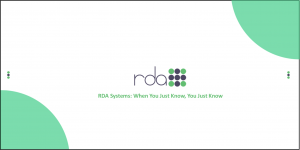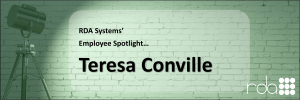Large employers (those with 100+ full-time equivalent employees) need to start the determination of full-time employee status now to ensure compliance for 2015. If you have not already done so, now is the time to complete the setup that will be necessary for reporting, and to practice by using the two reports we have designed for this purpose:
Job Pay Rate Units (Reports > General Payroll Info > Job Pay Reports)
Calendar Job Rate Monthly Summaries (Reports > Calendar and Fiscal Year)
Click the title of this article to read more . . . . .?_
OpenRDA’s Payroll Product Group recommends the following setup for tracking hours worked by part-time employees:
Personnel Status / Status Title
Ensure that Status Titles are set up in such a way that reports can be run to include all hourly/daily-paid employees whose hours need to be tracked; for example, all part-time and substitutes may have a Status Title of RPT (REGULAR PART-TIME).
Hours Per Day
It is essential that Hours Per Day are set on jobs paid by the day (for example, substitutes) or at a unit rate other than by the hour (for example, coach jobs). For Enterprise customers, it is recommended that new Gross IDs be created to account for variations in Hours Per Day, and that those Gross IDs be assigned to employees’ Job Masters; alternatively, unique Gross IDs can be added with Hours Per Day set on each employee Job Master. For OpenRDA 101 customers, Hours Per Day must be set directly in the employees’ Job Master.
Payments to Part-Time Employees
All part-time, salaried employees should be changed to be paid by the hour. Default hours/units can optionally be set up so that employees who regularly work the same number of hours will automatically be paid those hours (exceptions can be made when needed). Any Gross Rates that have a default rate of $1.00 must have that default rate of $1.00 removed, so that a unit and true rate (hourly or daily) can be entered.
Correct Selection of Rate ID
The correct Rate ID must be selected when entering hours/days to be paid.
HOURLY UNIT: Must be selected when the job is paid by the hour.
OVERTIME-ABOVE or OVERTIME-BASE: Must be selected when paying overtime.
DAILY UNIT: Must be selected when the job is paid by the day. If your setup includes a Gross ID of RET-DAILY, you should continue to use that Gross ID, in conjunction with the DAILY UNIT rate, for jobs that are paid by the day and are eligible for retirement, but no other voluntary deductions. Hourly jobs that are retirement-eligible, but not subject to other voluntary deductions, should instead use a Gross ID called RET-MISC UNIT.
ADJUSTMENTS: When using this rate, which is commonly used for retro pay or docking, do not enter amounts to be paid in the Units field in payroll. You can continue to use this rate, but by entering 1 as the Unit, and then entering the total amount to be paid.
For up-to-date requirements regarding the ACA regulations, and access to the draft reports that will be required starting in 2016, you can click the following link:
http://www.irs.gov/uac/Affordable-Care-Act-Tax-Provisions-for-Employers.
OpenRDA 101 customers: We will need to make changes to your rates, and will notify you when we’re doing so.
Enterprise customers: If you need assistance with the setup, please submit a cyber-support ticket.





